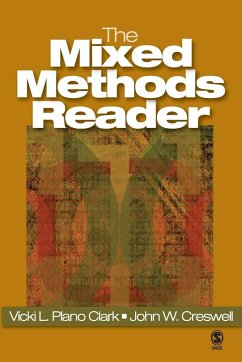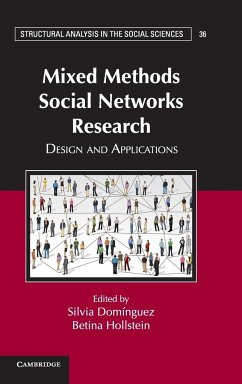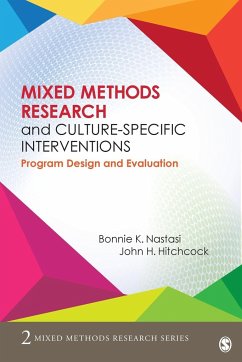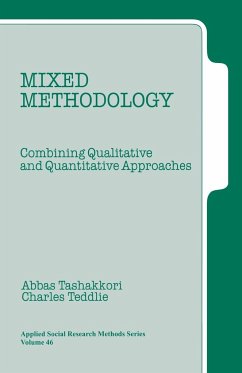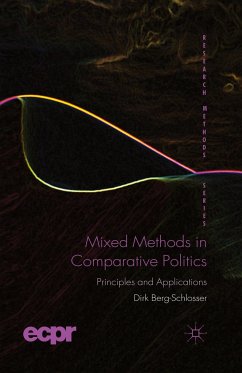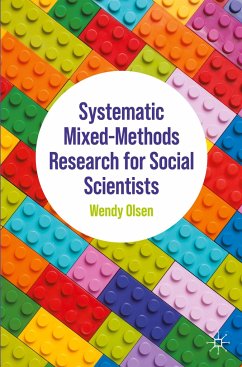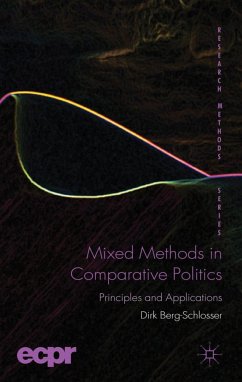
Innovation in Mixed Methods Research
A Practical Guide to Integrative Thinking with Complexity
Versandkostenfrei!
Versandfertig in 6-10 Tagen
103,99 €
inkl. MwSt.
Weitere Ausgaben:

PAYBACK Punkte
52 °P sammeln!
Explaining both why and how to use mixed methods for discovering solutions to complex research problems, this guide gives readers the tools to adapt approaches to suit their own research conditions. Written in a warm, encouraging tone and packed with helpful diagrams and visual organizers, it provides an easy-to-follow map to the mixed methods process, covering everything from what is mixed methods research? to framing, integrating, and describing a complexity-sensitive mixed methods approach.Features include: Key questions to navigate the important concepts of each chapter Practice alerts to ...
Explaining both why and how to use mixed methods for discovering solutions to complex research problems, this guide gives readers the tools to adapt approaches to suit their own research conditions. Written in a warm, encouraging tone and packed with helpful diagrams and visual organizers, it provides an easy-to-follow map to the mixed methods process, covering everything from what is mixed methods research? to framing, integrating, and describing a complexity-sensitive mixed methods approach.
Features include:
Key questions to navigate the important concepts of each chapter Practice alerts to provide practical tips on working in the field Chapter check-ins to assess development of key skills Further reading to expand and deepen knowledge of mixed methods practices An annotated glossary to get to grips with foundational terms and revise for exams
Supported throughout by real-world examples and advice from the author and other mixed methods experts, this book helps readers succeed in their projects and think innovatively about the methods they use.
Features include:
Key questions to navigate the important concepts of each chapter Practice alerts to provide practical tips on working in the field Chapter check-ins to assess development of key skills Further reading to expand and deepen knowledge of mixed methods practices An annotated glossary to get to grips with foundational terms and revise for exams
Supported throughout by real-world examples and advice from the author and other mixed methods experts, this book helps readers succeed in their projects and think innovatively about the methods they use.








